32+ SAMPLE Learning Strategy Plan
-
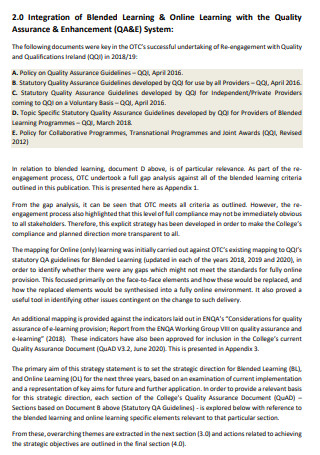
Online Learning Strategy Plan
download now -
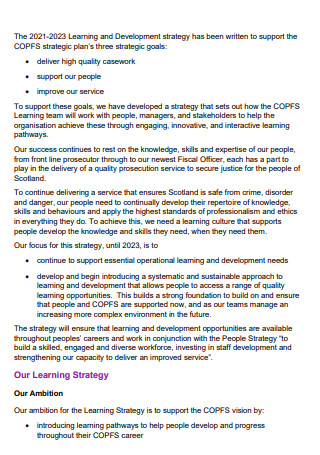
Learning and Development Strategy Plan
download now -
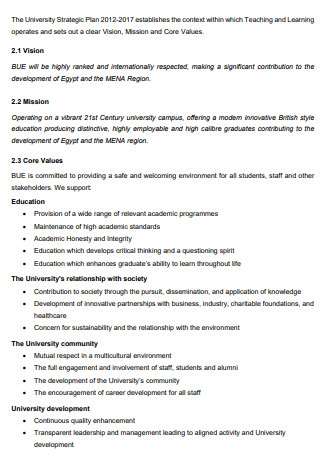
Learning Strategy And Implementation Plan
download now -
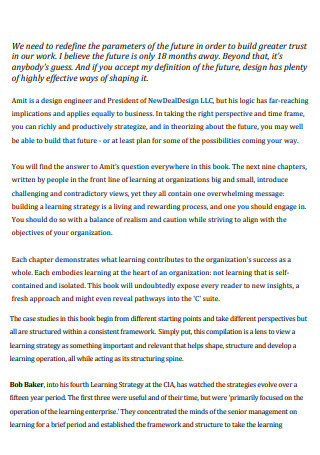
Sample Learning Strategy Plan
download now -
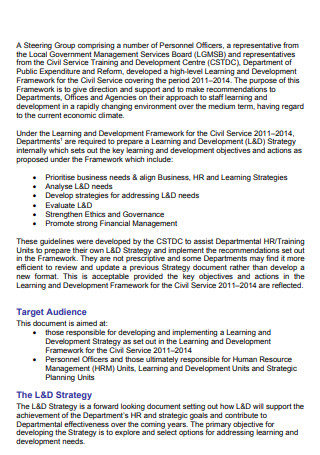
Preparing a Learning Strategy Plan
download now -
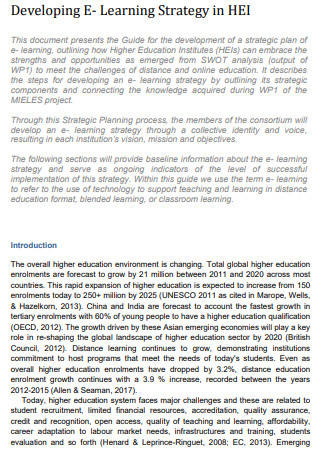
E- learning Strategy Plan
download now -
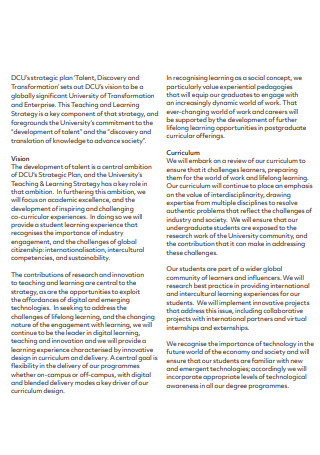
Learning Constituent Strategy Plan
download now -
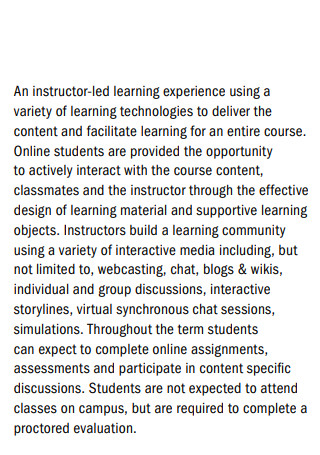
Digital Learning Strategy Plan
download now -
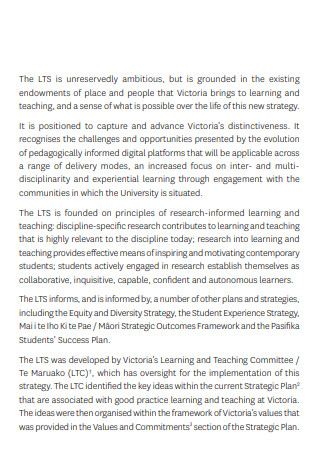
University Learning Strategy Plan
download now -
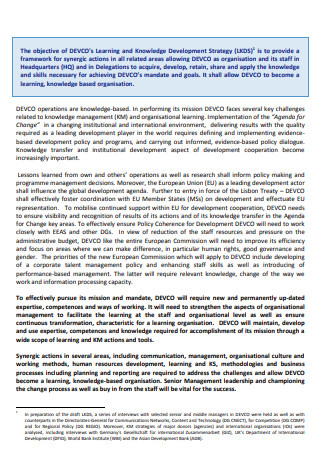
Learning and Knowledge Development Strategy Plan
download now -
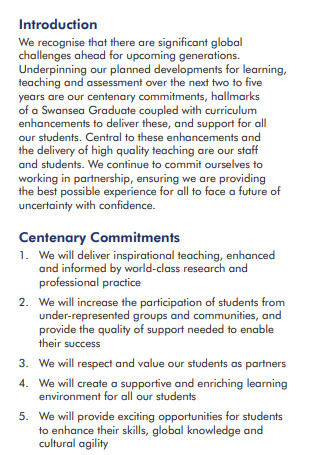
Learning and Teaching Strategy Plan
download now -

Learning Strategy Plan
download now -
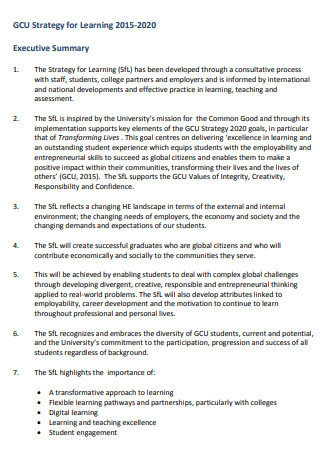
Simple Learning Strategy Plan
download now -
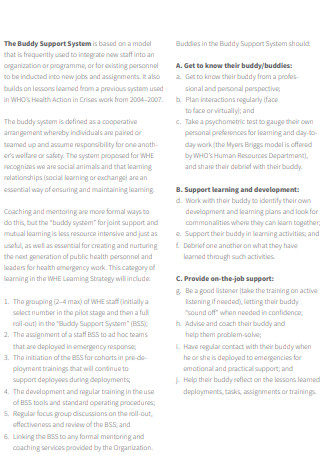
Programme Learning Strategy Plan
download now -
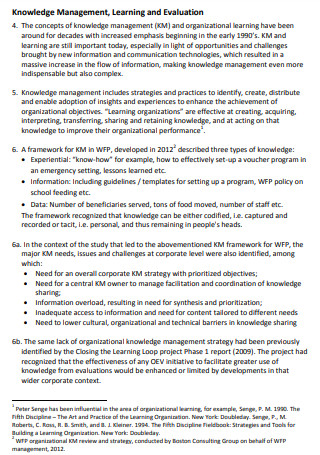
Management and Learning Strategy Plan
download now -
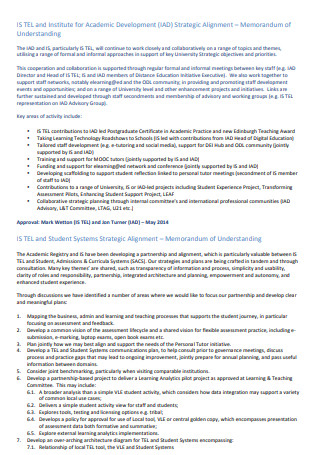
Enhanced Learning Strategy Plan
download now -
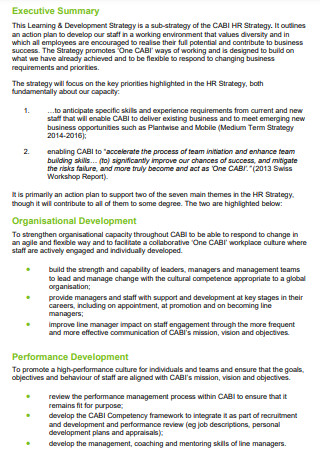
Learning Organisational Development Strategy Plan
download now -
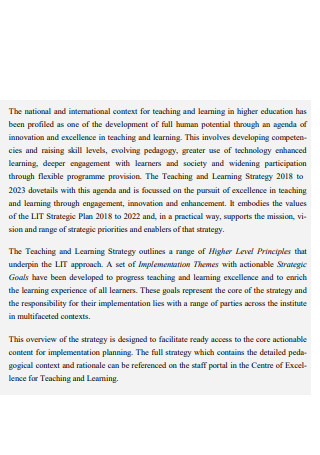
Overview of Learning Strategy Plan
download now -
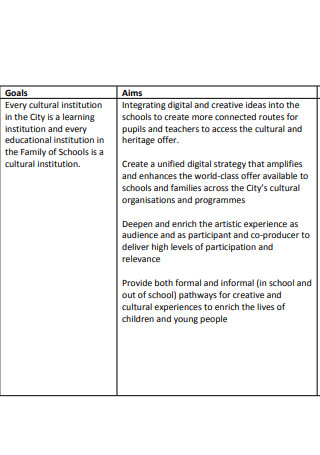
Creative Learning Strategy Plan
download now -

Basic Learning Strategy Plan
download now -

Learning Strategy and Action Plan
download now -
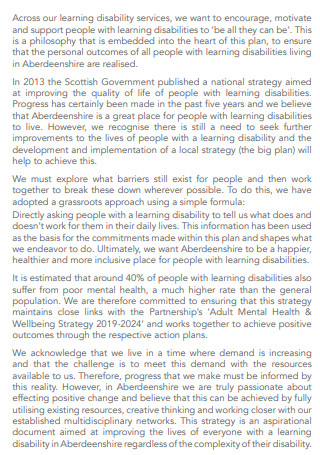
Learning Disability Strategy Plan
download now -
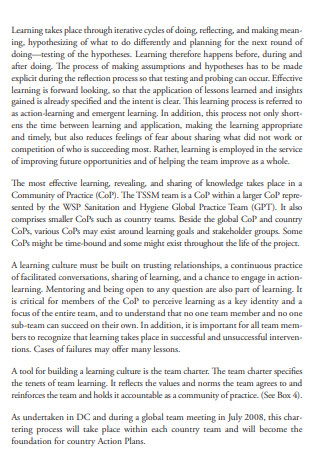
Global Learning Strategy Plan
download now -
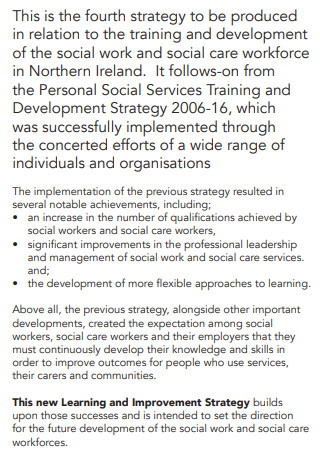
Learning And Improvement Strategy Plan
download now -

Lifelong Learning Strategy Plan
download now -
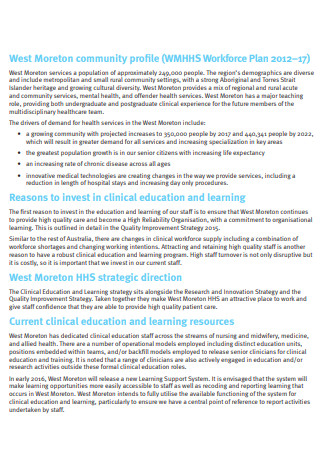
Clinical Education and Learning Strategy Plan
download now -
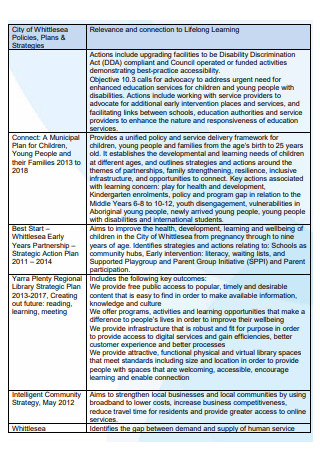
Municipal Learning Strategy Action Plan
download now -
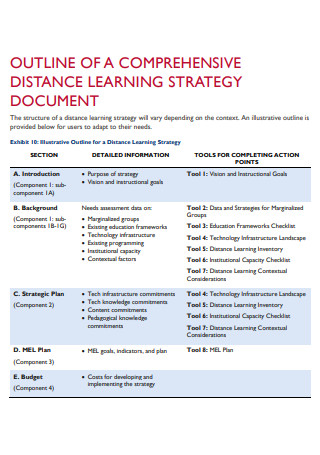
Distance Learning Strategy Plan
download now -

Early Learning Strategy Plan
download now -
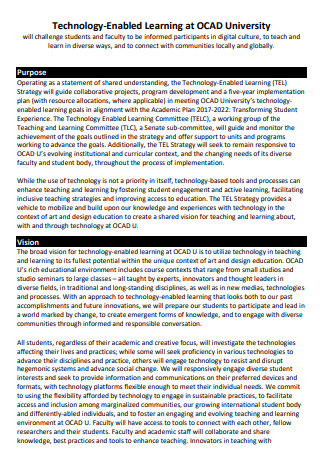
Technology Enabled Learning Strategy Plan
download now -

Blended Learning Strategy Plan
download now -
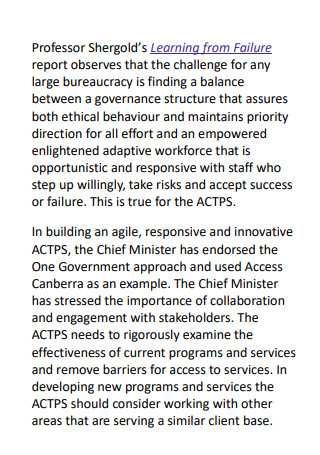
Public Service Learning Strategy Plan
download now -
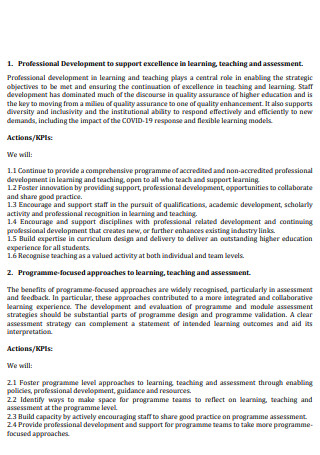
Learning Assessment Strategy Plan
download now
FREE Learning Strategy Plan s to Download
32+ SAMPLE Learning Strategy Plan
What Is a Learning Strategy Plan?
Tips for Maximizing Learning
Sample Learning Strategies
How to Create a Learning Strategy Plan
FAQs
What are the 7 learning strategies?
How do you create a learning strategy plan?
What are some learning strategy examples?
What Is a Learning Strategy Plan?
A learning strategy plan is a comprehensive plan that outlines different strategies and approaches to learning with the aim of optimizing education and understanding . It is usually customized to suit the learning needs of a particular individual, group or class.
According to an online article published by Bay Atlantic University, there are four main types of online learning. These categories are tech-enhanced courses, minimal face-to-face courses, fully online courses and hybrid or blended courses. Because of the impact of the COVID-19 pandemic, a whopping 97% of college students have switched to an online medium of instruction. In addition, there was a sizable dip of 1.8% in the enrollment rate of international students in the United States.
Tips for Maximizing Learning
In the last two years, the way people learn has changed dramatically. Due to the global pandemic, traditional education was halted and teachers and students around the world migrated online. Educational institutions around the world had to quickly adapt to distance learning. For a vast majority, remote learning has not come without its challenges. Regardless, individuals should ideally feel some responsibility in the continuation of their education and learning. The tips below are some simple ways you can maximize your learning and take charge of it.
Sample Learning Strategies
There are dozens of learning strategies. The key is finding one that works for you or is suited to your needs. Whether it is within the confines or a traditional classroom or in the context of e-learning, some strategies work better for one student while other strategies are better suited to another. It is important to acknowledge the relativity and complexity when it comes to learning strategies. The following examples below describe some of the more universal learning strategies.
How to Create a Learning Strategy Plan
A learning strategy plan will obviously differ in content depending on the needs of the learner. However, there are a few basic components of a strategy plan that you can readily adopt in your learning strategy plan. If you are looking for more convenience, you can also download a sample template from the selection above and simply customize it according to your preferences. Other than that, follow the easy step-by-step guide below to get started on your lesson strategy plan.
Step 1: Determine Your Objectives
The first step in any strategy plan is setting the goal. What direction do you want to take with your learning strategy plan? What do you plan to achieve with the plan? It is important to set the objectives first of why you intend to create a learning strategy plan at all. Identify the purpose or your plan but keep in mind that your goals must be realistic in addition to being measurable. You may also want to specify your objectives. Having a goal that is too broad or too vague may make it more difficult to pinpoint or narrow down concrete strategies.
Step 2: Identify Your Resources
Once you have covered your objectives, make a reasonable assessment of the material and resources you currently have that are directly related to your learning. These may be text books, academic journals, lecture notes, audio-visual aids, and online material or references. However, resources are not merely material things. Important sources of knowledge and information may include mentors, advisers or even peer groups. Resources are everything and anything that can potentially add value and support your learning journey. When you have a good grasp and posess a broad awareness of these resources, you can make better decisions on how to maximize your learning with the resources you have.
Step 3: Outline Your Action Plans and Timeline
A learning strategy plan should be anything but passive. As soon as you have identified both your goals and resources, proceed to plotting your action plan with the objective of achieving your learning goals. How are you planning to execute the objectives you stated earlier in your strategy plan? What are the best strategies that will enable you to implement your learning goals? It helps to have concrete action items that are measurable, attainable and specific. Further, you may also want to incorporate a timeline or set certain deadlines pertaining to each action item.
Step 4: Employ a Progress Monitoring Tool
Lastly, learning is always an evolving and continuous process. It does not just end when the learning objectives are met. For your learning strategy plan to truly make a lasting impact in the student life, you need to establish means and ways to track their progress. Along with a timeline, a unit of measurement or rubric to monitor their performance might be helpful as well. Using various success indicators can help you gauge if the strategies and action plans in place are positive results or not.
FAQs
What are the 7 learning strategies?
According to Inspire Education, the seven learning strategies are: visual, auditory, verbal, physical, logical, social and solitary.
How do you create a learning strategy plan?
To create a learning strategy plan, you first need to establish your learning goals. Once you have covered the objectives, assess your available educational resources and plot out the action items that will address your learning goals. You may also include a timeline and progress tracker in your plans as well.
What are some learning strategy examples?
Learning strategies can include focused group discussions, one-on-one coaching, mentoring, student led learning, etc.
A learning strategy plan is needs-based and creating one can be quite technical. Fortunately, there are existing templates that are both editable and time-saving. Browse the extensive collection of sample templates above and customize your own plan today!
